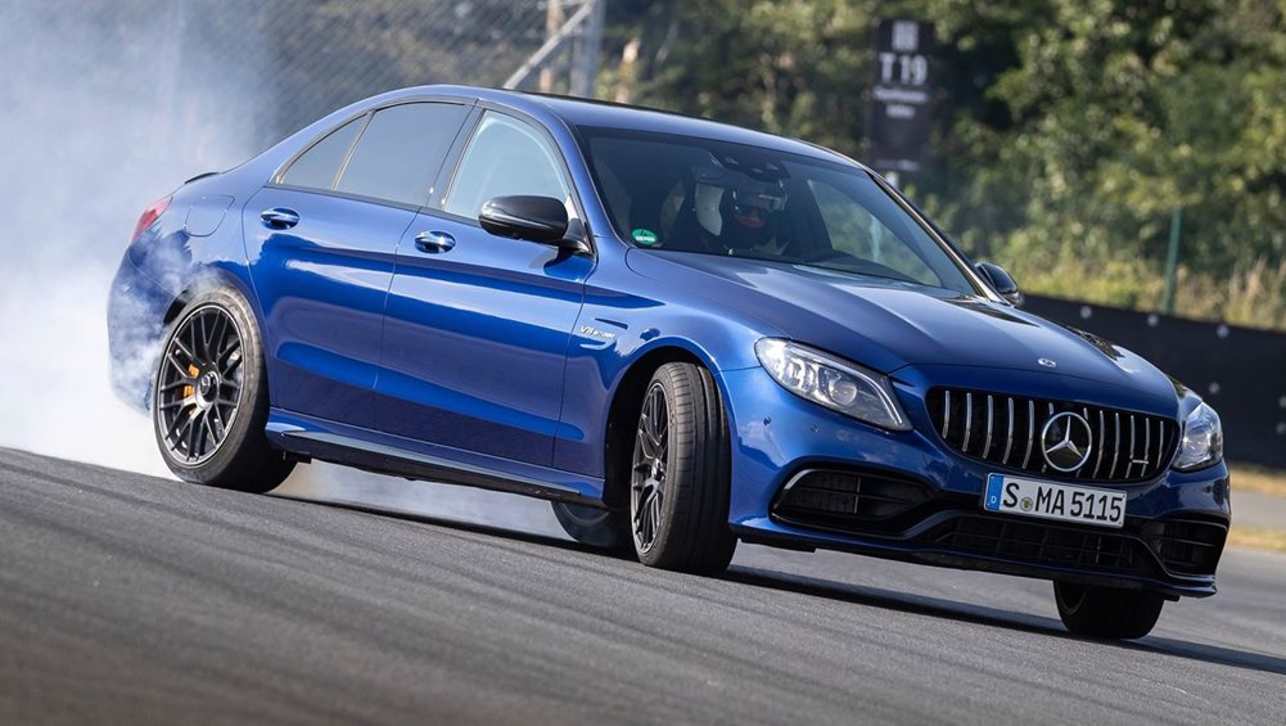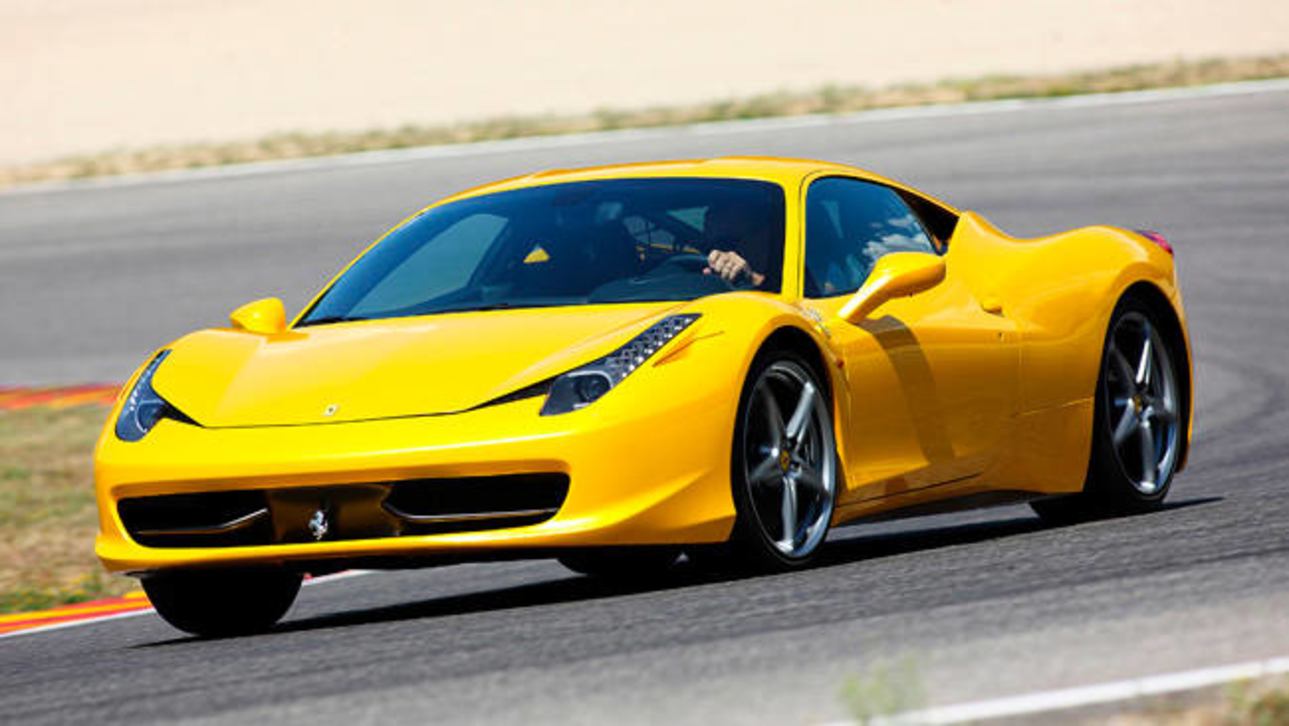While many new car interiors are becoming more screen-centric, and ANCAP is readying new test requirements around important function accessibility, some senior designers are pushing back on over-reliance on digital controls.
During a Melbourne preview of the new Aston Martin Vantage, Aston Martin Director of Design Miles Nurnberger told CarsGuide the right balance between convenience for the design and build of the car, and the useability for the customer, is important to strike, and screens are a common source of frustration to drivers.
“As an overall industry, there is a big digitization ecosystem, and that's been a really interesting challenge for us because a lot of car companies have tried to profess to be a tech company,” Nurnberger, who in 2022 returned to Aston Martin after a very brief stint at Dacia, said. “The car world is actually a very difficult world.
“In terms of, I'd say, not just automotive design but product design, you're bringing together a huge number of factors into what you have to do and actually cars are very difficult to do.
“I think what's changed in the last five years is a much greater emphasis on designing the experience of that car - because we know how to make a car with 110 years of that.
“But really, the digital/physical thing made us rethink that user experience in a different way.”
He said the slow build up of more and more buttons for the increasing number of functions in a car meant needing somewhere to put them, but that the pendulum might have swung too far in that direction.
.jpg)
“I think years ago, it was like you needed some buttons,” he said. “You put them in the car and buttons and buttons grew, and I think understanding why someone buys a car, what they get from the experience, why the experience is good, why it's unique, led us down a path of looking at all the buttons," Nurnberger added.
“Just because you can put them in a screen, does not mean the experience was better. And I think you can read this in many reviews of many cars - sometimes there's something that's hidden too many layers deep.
“I might be able to make something seemingly more efficient by burying everything in a screen, but it doesn't talk to the real user experience.
.jpg)
“You look at the best experience, the best user solution. It might be physical, it's tactile. I can do that with my thumb. I don't take my eyes off the road. I'm a better driver for it. You know that that's the mentality that led us to where we are.”
Suitably, the Aston Martin Vantage’s cockpit has a suitable plethora of buttons and dials, laid out in a manner seemingly intended to be clear enough for operation during high-speed driving.
“I think for us, that challenge of that digitization and how you bring it back into an Aston Martin and how it's relevant to our customers has been a massive challenge, and I think a lot of companies have done it," Nurnberger said.
“But I think finding our balance, I think was tougher because as a brand we've stood for this tactility, essential quality to the car and often a digital experience, although it gave you all the connectivity you wanted or demanded, sometimes it was taking away the real tactility of it.”



.jpg)



.jpg)



.jpg)
.jpg)



.jpg)
.jpg)

.jpg)
.jpg)
.jpg)








Comments